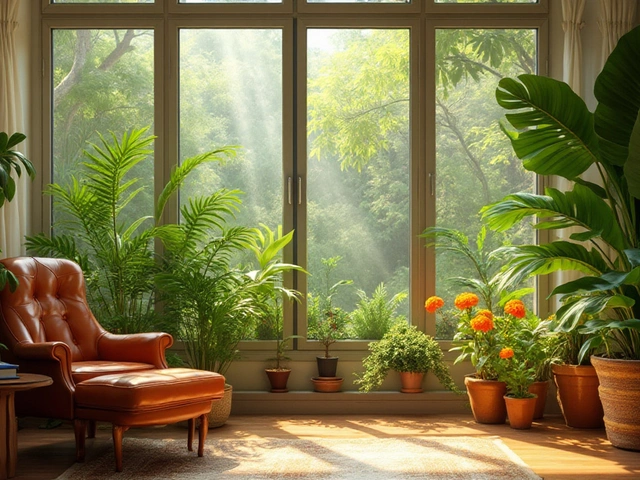Maintenance Cost: How to Keep Your Garden Budget in Check
When working with maintenance cost, the sum of all recurring and one‑time expenses required to keep a garden healthy and productive. Also known as garden upkeep expense, it directly influences the choices you make about plants, tools, and techniques. In India’s varied climates, the numbers can swing a lot, but the core idea stays the same: water, soil amendments, and labor are the big three. Maintenance cost encompasses water usage, equipment purchase, and the time you spend weeding or pruning. Understanding these three pillars lets you spot where money leaks and where smart investments can pay off.
Key Factors That Drive Maintenance Cost
Water bills often top the list, especially in hot regions like Rajasthan or coastal Gujarat. drip irrigation, a low‑pressure system that delivers water directly to plant roots through buried tubing. Also called micro‑irrigation, it can slash water‑related expenses by up to 50 % compared with overhead sprinklers. The system does cost upfront – tubing, emitters, and a timer – but those one‑time fees become part of the overall maintenance cost and pay back quickly through lower utility bills and healthier plants.
Soil health is the second expense driver. Adding organic matter, like compost or well‑rotted manure, improves structure and reduces the need for frequent fertiliser applications. When you grow in raised beds, elevated planting containers filled with a custom soil mix, you control the soil composition from day one. Raised beds also limit weed growth and improve drainage, which means you spend less on herbicides and water. The initial cost of timber, bricks, or metal frames adds to the maintenance cost, but the long‑term savings on labour and inputs often outweigh the start‑up price.
Structural projects like rooftop farming, cultivating vegetables, herbs, or flowers on flat roof surfaces bring a whole new set of budget items. You must factor in load‑bearing assessments, waterproof membranes, and wind‑breaks. Those are upfront costs that sit inside the broader maintenance cost calculation. Yet the payoff can be huge: you get fresh produce within arm’s reach and lower food‑grocery expenses. Likewise, indoor horticulture adds a different flavor. indoor plant care, the routine of watering, lighting, and humidity management for houseplants often requires grow lights, humidifiers, or special potting mixes. Those items are part of the maintenance cost, but they also bring year‑round greenery that can improve indoor air quality and mood – a non‑monetary benefit worth noting.
Putting all of these pieces together gives you a clear picture of where money goes and where you can trim. Below you’ll find articles that dive deeper into each area – from choosing the right drip‑irrigation kit to building low‑cost raised beds, from calculating rooftop load limits to keeping indoor foliage thriving on a budget. Use this collection as a roadmap to keep your garden flourishing without breaking the bank.
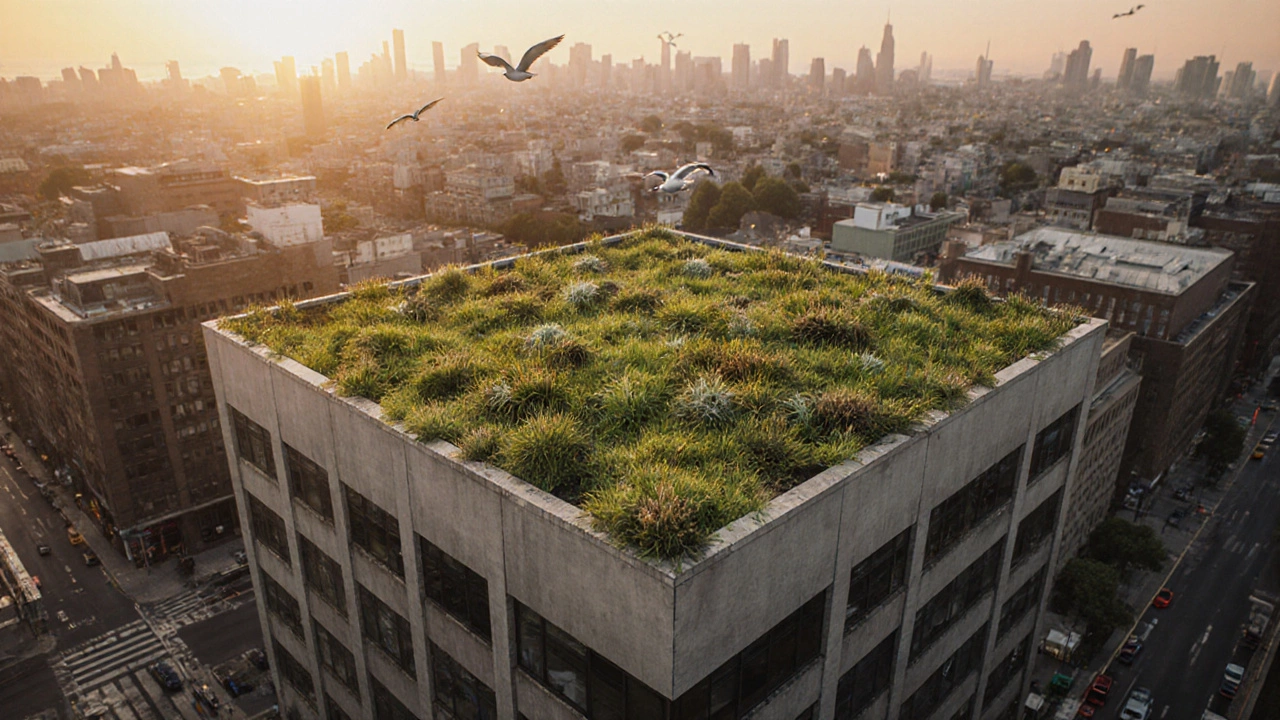
Two Drawbacks of Green Roofs You Should Know
Explore the two main drawbacks of green roofs-extra structural load and ongoing maintenance-plus practical tips to mitigate each issue.
About
Sustainable Gardening
Latest Posts
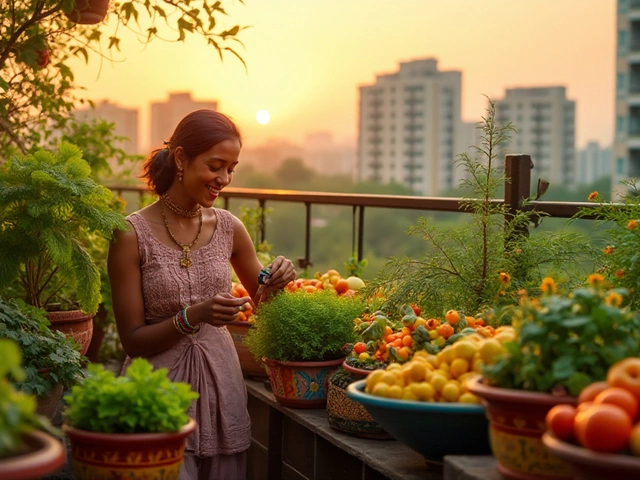
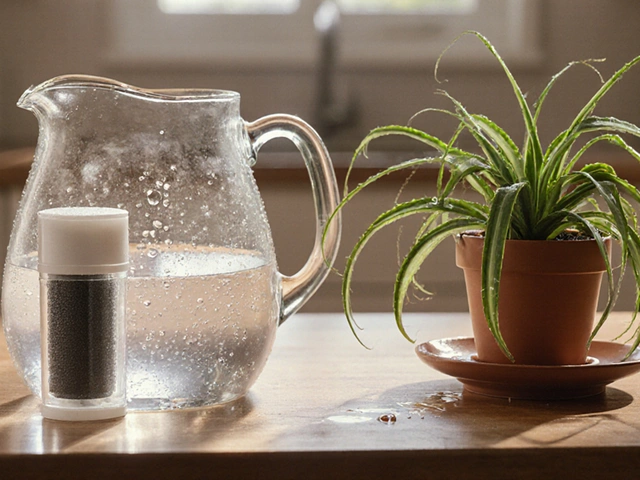
What Is the Best Water for Houseplants? A Practical Guide
By Alden Thorne Oct 16, 2025

Does a Roof Terrace Add Value? Real-Life Perks & Smart Tips
By Alden Thorne May 20, 2025
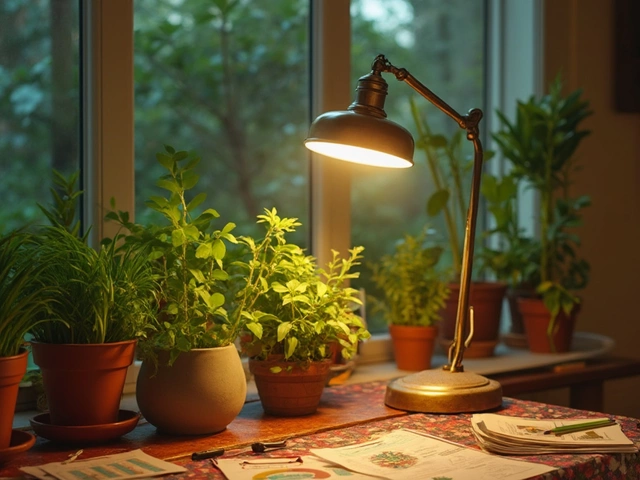
Can I Use a Regular Lamp as a Grow Light? What You Need to Know
By Alden Thorne Jun 12, 2025
